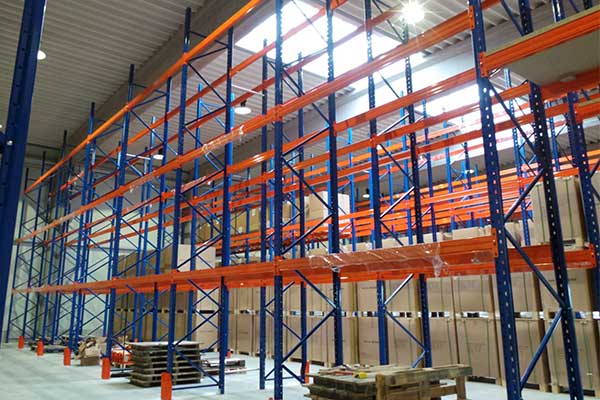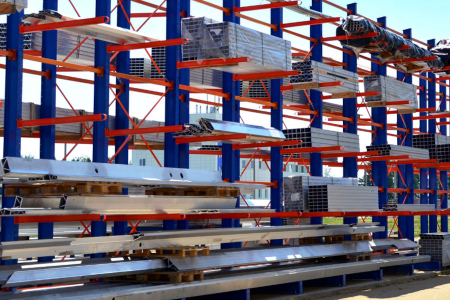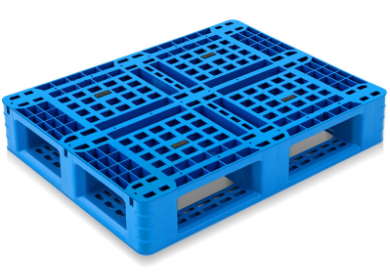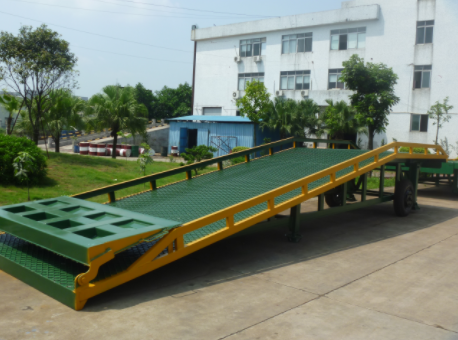 spieth12@spiethstorage.com
spieth12@spiethstorage.com +86 18006010205
+86 18006010205
LATEST NEWS
-
Time:9/16/2025
-
Time:9/15/2025
-
Time:9/10/2025
-
Time:9/5/2025
-
Time:9/2/2025
CONTACT US
-
 Tel : +86 18006010205
Tel : +86 18006010205
-
 E-mail : spieth12@spiethstorage.com
E-mail : spieth12@spiethstorage.com
-
 Address : Tongan Park, Tongan District, Xiamen, China 361023
Address : Tongan Park, Tongan District, Xiamen, China 361023
Product News
Comprehensive Guide to Effective Warehouse Rack Design
 Time:5/31/2024
Time:5/31/2024 705
705The design of warehouse racks is a critical component in optimizing storage efficiency and ensuring the safety and convenience of warehouse operations.
This involves a comprehensive consideration of various factors, including the warehouse's dimensions, the characteristics of the stored goods, and operational requirements. By meticulously addressing these elements, an effective and economical rack system can be developed.
Warehouse and Goods Considerations
First and foremost, the volume of the warehouse and the volume, weight, and size of the goods must be considered. It is essential to assess whether the goods can be conveniently loaded and unloaded by forklifts, and to evaluate the potential impact of forklift operations on the racks. Additionally, the racks must be designed to withstand earthquake intensity, ensuring they are robust and secure under seismic stress.Operational Efficiency and Safety
Secondly, the design should ensure there is adequate space between the goods on the racks. This not only facilitates easier access but also incorporates fire escape routes, enhancing safety. The layout should be designed for operational convenience, making it labor-saving for workers to handle goods efficiently.Material Selection and Cost Efficiency
Finally, the choice of steel and the application of anti-rust treatments on the surface of the racks are crucial. The materials must meet the required standards while also being cost-effective. The goal is to create a durable rack system that fulfills all functional needs without incurring unnecessary expenses.Usage Requirements and Load Characteristics
The racks must meet specific usage requirements, accommodating the nature of the load and ensuring they can support the stored goods effectively. The design should allow for easy and quick assembly, simplifying the process of loading and unloading items. The dimensions and clearances of the racks should be compatible with the warehouse's needs.Structural Integrity and Maintenance
It is vital to ensure that the racks' pressure resistance, fire resistance, and shockproof performance are adequate for the warehouse conditions. The type of locking device, whether bolt locking or screw fastening, should be chosen based on the stored goods' requirements. Additionally, the racks should be easy and quick to repair or replace if damaged.Clear Labeling and Identification
Conspicuous and durable labeling is essential for efficient warehouse operations. Each rack should have labels indicating the type of goods, with each label having an area of no less than 20 square centimeters. The font's clarity and color should be easily readable, and labels should display the load mark (kg), maximum allowable load, and the number of unit loads permitted per compartment. This helps staff efficiently manage inventory and identify storage locations.By integrating these principles into the design and implementation of warehouse racks, we can achieve a system that maximizes storage efficiency, enhances safety, and supports smooth operational workflows.

Send Message
ONLINE SERVICE
-

-
 +86 18006010205
+86 18006010205 -
 +86 18006010205
+86 18006010205
 0
0
Browsing History


















 link:
link:




